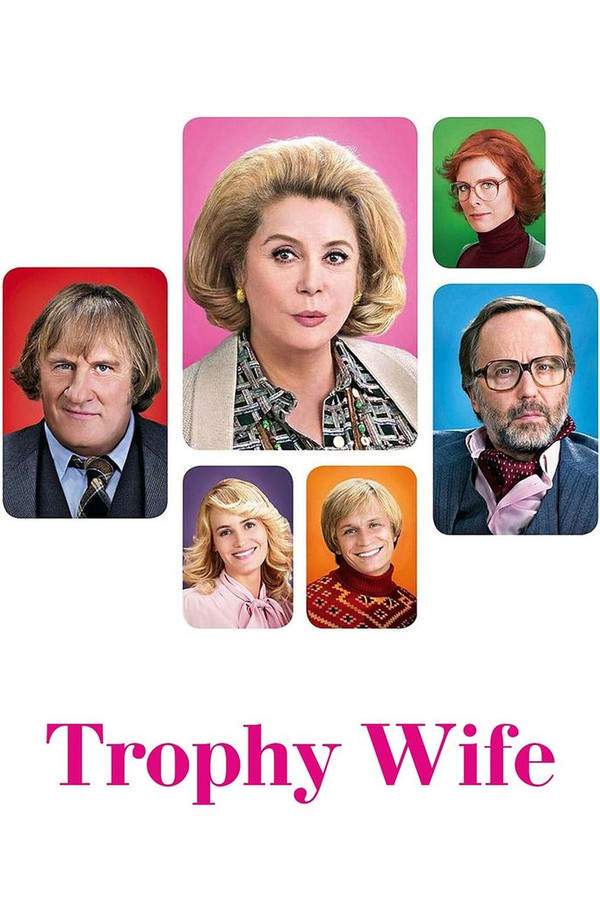
Potiche
Year: 2011
Runtime: 103 min
Language: French
Director: François Ozon
In 1977 France, Suzanne Pujol is a trophy wife whose life revolves around her husband's strict rules. When his umbrella factory is struck by workers, Suzanne unexpectedly finds herself in charge. She embraces the challenge, shedding her repressed nature and gaining the admiration of the employees while discovering a sense of independence. However, her newfound freedom is threatened when her husband returns from vacation, determined to regain control.
Warning: spoilers below!
Haven’t seen Potiche yet? This summary contains major spoilers. Bookmark the page, watch the movie, and come back for the full breakdown. If you're ready, scroll on and relive the story!
Potiche (2011) – Full Plot Summary & Ending Explained
Read the complete plot breakdown of Potiche (2011), including all key story events, major twists, and the ending explained in detail. Discover what really happened—and what it all means.
In 1977, in the fictional, sunlit corner of northern France known as Sainte-Gudule, Nord, the life of Suzanne Pujol unfolds behind the gates of a prominent umbrella factory. She is presented as a devoted, though ultimately constrained, wife to Robert, the domineering president who wields his position with a mix of bluster and charm. Robert’s reputation for patronizing those around him—most pointedly Suzanne—belies a fragility underneath his commanding exterior. His affair with his secretary, Nadège, creates a fault line at home, where Suzanne and Robert are also raising two adult children with very different temperaments. Their daughter, Joëlle, embodies conservatism as the wife of a globe-trotting businessman and mother of two, while their son, Laurent, leans toward liberal ideas and artistic sensibilities as a student with his eye on more expansive horizons.
When the factory’s workers walk off the job in a demand for better conditions, the sudden crisis forces Robert into a confrontation he cannot simply command away. He is taken hostage, a development that shakes the family’s already fragile balance. That night, Suzanne seeks counsel from Maurice Babin, the town’s Communist mayor and a former union leader with whom she once shared a younger, more hopeful relationship. Babin urges Suzanne to assume leadership in Robert’s stead, arguing that careful diplomacy could secure the workers’ trust and bring production back to life. The next day, Robert’s heart gives way to a hospital bed, and the power pivot in Sainte-Gudule shifts decisively toward Suzanne.
With Babin’s guidance, Suzanne steps into management and crafts a strategy that blends respect with firmness. She reaches out to the factory workers, listening to their concerns and guiding them toward a renewed sense of purpose. Under her watch, production resumes, and the plant begins to show gains not only in output but in morale. Suzanne brings the family into the operation as well, entrusting Laurent with design duties that reinterpret the classic umbrella pattern through the lens of Kandinsky’s abstract art, a choice that signals both innovation and a break from the old ways. The business begins to prosper, and the atmosphere at the factory starts to reflect what many had imagined possible under Suzanne’s steadier hand.
Yet the path forward remains tangled in personal loyalties. A nightclub visit with Babin leads to a moment of closeness—an emotional hint of what might have been—though Suzanne insists that their relationship remain rooted in friendship. She emphasizes that she is not seeking a return to the old dynamic but acknowledges the value of having Babin as an ally. When Robert recovers and seeks to reclaim control, Suzanne reveals that she now holds the majority of the company’s shares, a revelation that redefines the power balance within the family and the town.
Nadège, who had been entwined with Robert, ends the affair and aligns with Suzanne, recognizing a mutual respect that had been missing in the marriage. The couple’s past becomes a lens through which Suzanne assesses the present, including the delicate, troubling disclosures about lineage. When Robert hints that Laurent might be his son, Suzanne counters with a revelation of her own infidelity in their early marriage, suggesting that the question of paternity is far from settled. The tension peaks when Joëlle presents Suzanne with a locket containing photos of her and Babin, prompting a confrontation that forces Babin to confront a troubling possibility: if Laurent were truly Babin’s son, it would complicate the political and familial loyalties at stake. The drive to a lake, where Suzanne offers a candid clarification that Laurent is not Babin’s son, leaves Babin disappointed and alone, a reminder of the enduring ambiguity that shadows their lives.
A boardroom showdown soon follows. Joëlle, wielding her own strategic instincts, transfers her shares to Robert, pushing Suzanne out of day-to-day control. The cost of this maneuver becomes clear when Joëlle confesses that Robert promised to hire her husband in exchange for her votes—an arrangement rooted in the fear of an unstable future as she faces another pregnancy. This revelation reinforces the sense that power in Sainte-Gudule is always negotiated, never freely given.
Time passes, and Suzanne’s life takes a decisive turn. The divorce from Robert looms, though the couple continues to share a living space that echoes their complicated history. Seizing the moment of her independence, Suzanne turns her attention to public life, stepping into politics with a bold, independent bid for mayor against Babin. The race culminates in a new chapter: Suzanne is elected as a deputy, a victory that marks both personal triumph and a redefinition of her role in the town’s leadership, while Babin remains a prominent presence as mayor. In this arc, Suzanne’s journey from a constrained wife to a capable, forward-looking leader embodies a nuanced arc of empowerment, resilience, and the enduring complexity of family, power, and ambition.
Last Updated: October 14, 2025 at 04:07
Explore Movie Threads
Discover curated groups of movies connected by mood, themes, and story style. Browse collections built around emotion, atmosphere, and narrative focus to easily find films that match what you feel like watching right now.
Cheeky female empowerment satires like Potiche
Witty comedies where underestimated women cleverly seize control from patriarchal systems.Explore movies like Potiche, where witty humor and social satire frame a story of female liberation. These films feature charming, underestimated protagonists who outsmart patriarchal structures, offering a feel-good and intellectually sharp viewing experience.
Narrative Summary
The narrative pattern centers on a woman, initially confined by a rigid societal or familial role, who is thrust into a position of unexpected authority. Using her unique perspective and intelligence, she successfully navigates the new challenges, often outmaneuvering the men who underestimated her, leading to personal triumph and systemic change.
Why These Movies?
Movies in this thread share a specific blend of empowering narrative, light and witty tone, and satirical edge. They are grouped together for their ability to tackle serious themes of gender and power with humor and charm, creating an uplifting yet thought-provoking experience.
Sun-drenched nostalgic comedies with the vibe of Potiche
Warm, witty stories set in a specific era, blending personal growth with social observation.If you liked the 1970s French setting and charming wit of Potiche, you'll enjoy these movies. They capture a specific era's atmosphere to tell stories of personal change and social satire, all with a warm, nostalgic, and steady-paced feel.
Narrative Summary
Stories unfold at a steady pace within a vividly realized historical period, using the era's aesthetics and social norms to frame the central conflict. The protagonist's journey of self-discovery is often intertwined with a gentle satire of the time, leading to a resolution that feels both personally satisfying and reflective of broader social shifts.
Why These Movies?
This thread groups films based on their shared mood and setting: a warm, nostalgic atmosphere, a light and witty tone, and a focus on character-driven stories within a specific time period. The similarity lies in the overall charming and uplifting viewing experience.
Unlock the Full Story of Potiche
Don't stop at just watching — explore Potiche in full detail. From the complete plot summary and scene-by-scene timeline to character breakdowns, thematic analysis, and a deep dive into the ending — every page helps you truly understand what Potiche is all about. Plus, discover what's next after the movie.
Potiche Timeline
Track the full timeline of Potiche with every major event arranged chronologically. Perfect for decoding non-linear storytelling, flashbacks, or parallel narratives with a clear scene-by-scene breakdown.

Characters, Settings & Themes in Potiche
Discover the characters, locations, and core themes that shape Potiche. Get insights into symbolic elements, setting significance, and deeper narrative meaning — ideal for thematic analysis and movie breakdowns.

Potiche Spoiler-Free Summary
Get a quick, spoiler-free overview of Potiche that covers the main plot points and key details without revealing any major twists or spoilers. Perfect for those who want to know what to expect before diving in.

More About Potiche
Visit What's After the Movie to explore more about Potiche: box office results, cast and crew info, production details, post-credit scenes, and external links — all in one place for movie fans and researchers.

Similar Movies to Potiche
Discover movies like Potiche that share similar genres, themes, and storytelling elements. Whether you’re drawn to the atmosphere, character arcs, or plot structure, these curated recommendations will help you explore more films you’ll love.
Explore More About Movie Potiche
Potiche (2011) Scene-by-Scene Movie Timeline
Potiche (2011) Movie Characters, Themes & Settings
Potiche (2011) Spoiler-Free Summary & Key Flow
Movies Like Potiche – Similar Titles You’ll Enjoy
Made in Paris (2006) Full Summary & Key Details
Secrets of a French Maid (1980) Full Movie Breakdown
Poule et frites (1987) Spoiler-Packed Plot Recap
The Husbands, the Wives, the Lovers (1989) Full Movie Breakdown
Too Beautiful for You (1989) Story Summary & Characters
Scoundrel in White (1972) Plot Summary & Ending Explained
So This Is Paris (1926) Ending Explained & Film Insights
Désiré (1937) Full Movie Breakdown
Casque bleu (1994) Plot Summary & Ending Explained
Loves of a French Pussycat (1972) Full Movie Breakdown
A French Gigolo (2008) Film Overview & Timeline
Une journée de merde ! (1999) Ending Explained & Film Insights
Et la tendresse ?… Bordel ! (1979) Story Summary & Characters
Adultery (A User’s Guide) (1995) Complete Plot Breakdown
Femmes femmes (1974) Spoiler-Packed Plot Recap

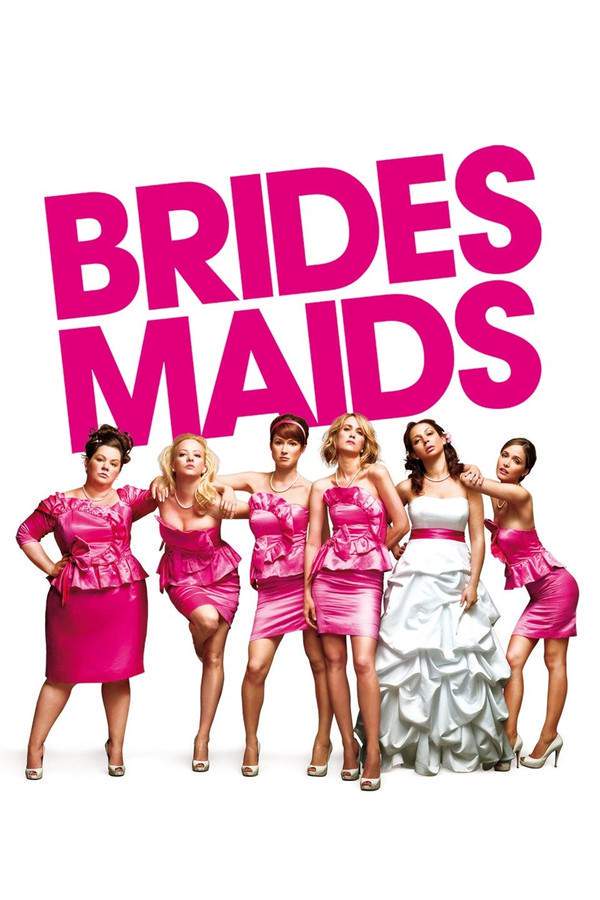

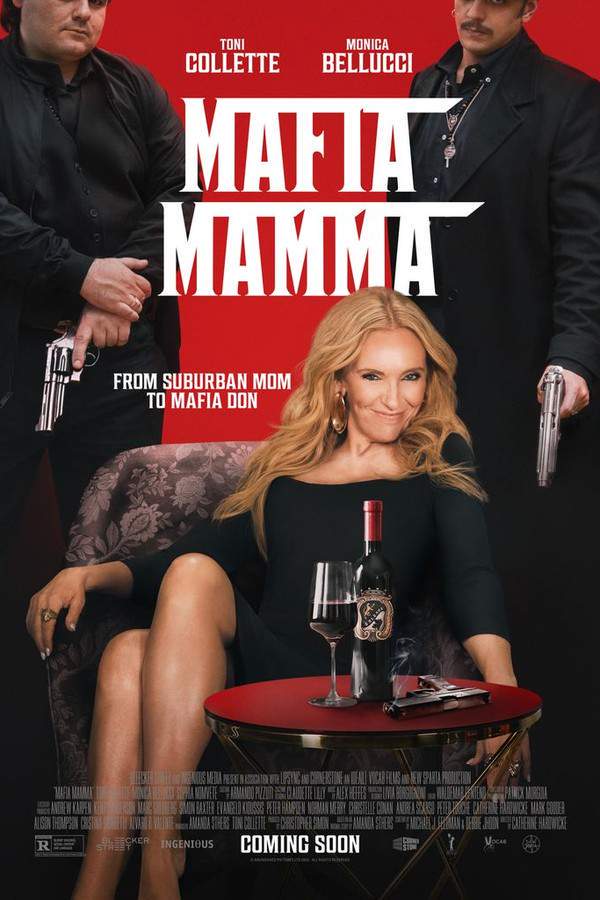




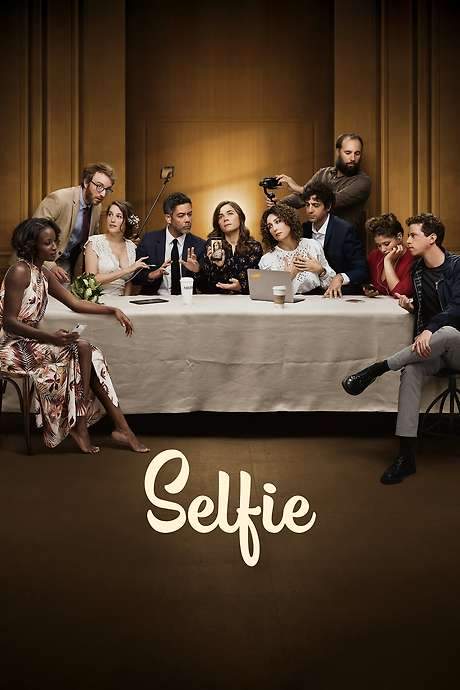






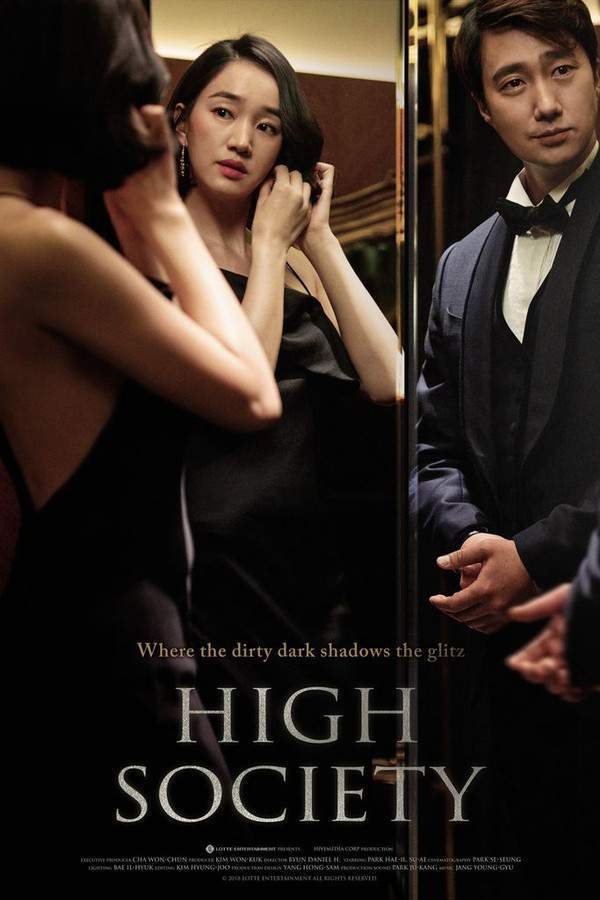
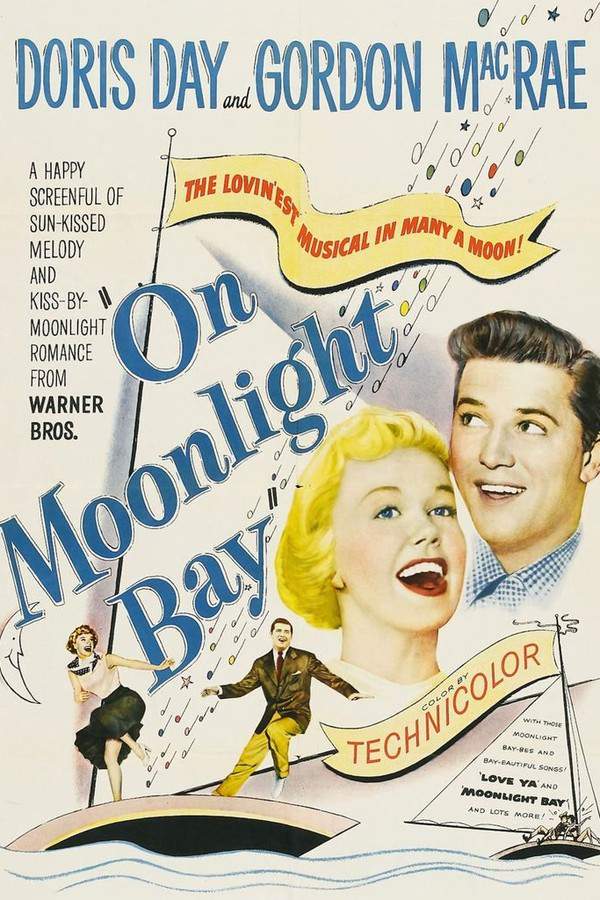

























-Ar09hR3mnU_8Ng.jpg)
